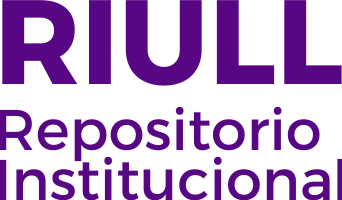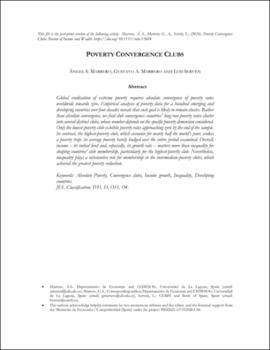Poverty convergence clubs
Date
2024Abstract
Global eradication of extreme poverty requires absolute convergence of poverty rates worldwide towards zero. Empirical analysis of poverty data for a hundred emerging and developing countries over four decades reveals that such goal is likely to remain elusive. Rather than absolute convergence, we find club convergence: countries’ long-run poverty rates cluster into several distinct clubs, whose number depends on the specific poverty dimension considered. Only the lowest-poverty club exhibits poverty rates approaching zero by the end of the sample. In contrast, the highest-poverty club, which accounts for nearly half the world’s poor, evokes a poverty trap: its average poverty barely budged over the entire period examined. Overall, income -- its initial level and, especially, its growth rate -- matters more than inequality for shaping countries’ club membership, particularly for the highest-poverty club. Nevertheless, inequality plays a substantive role for membership in the intermediate-poverty clubs, which achieved the greatest poverty reduction.






